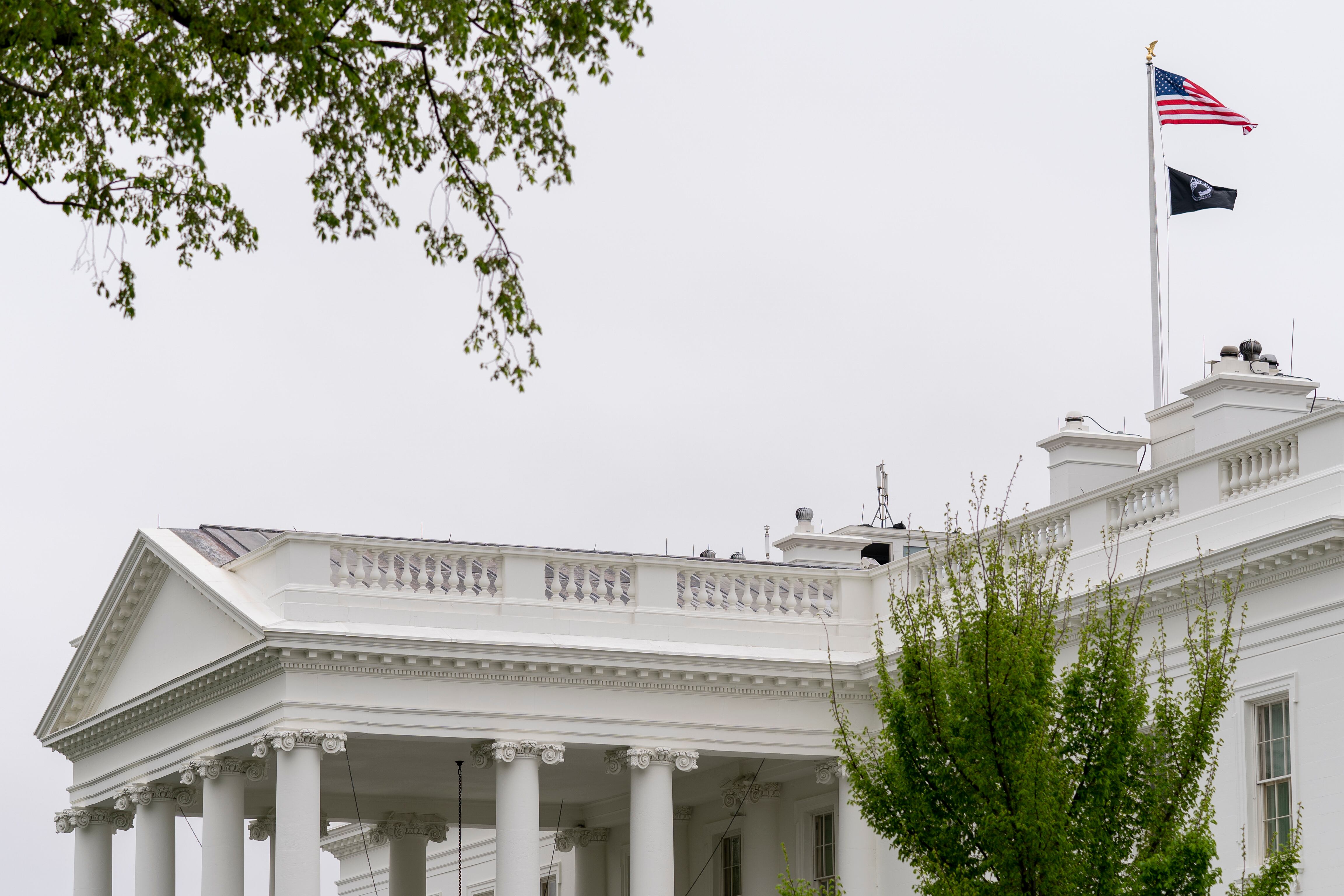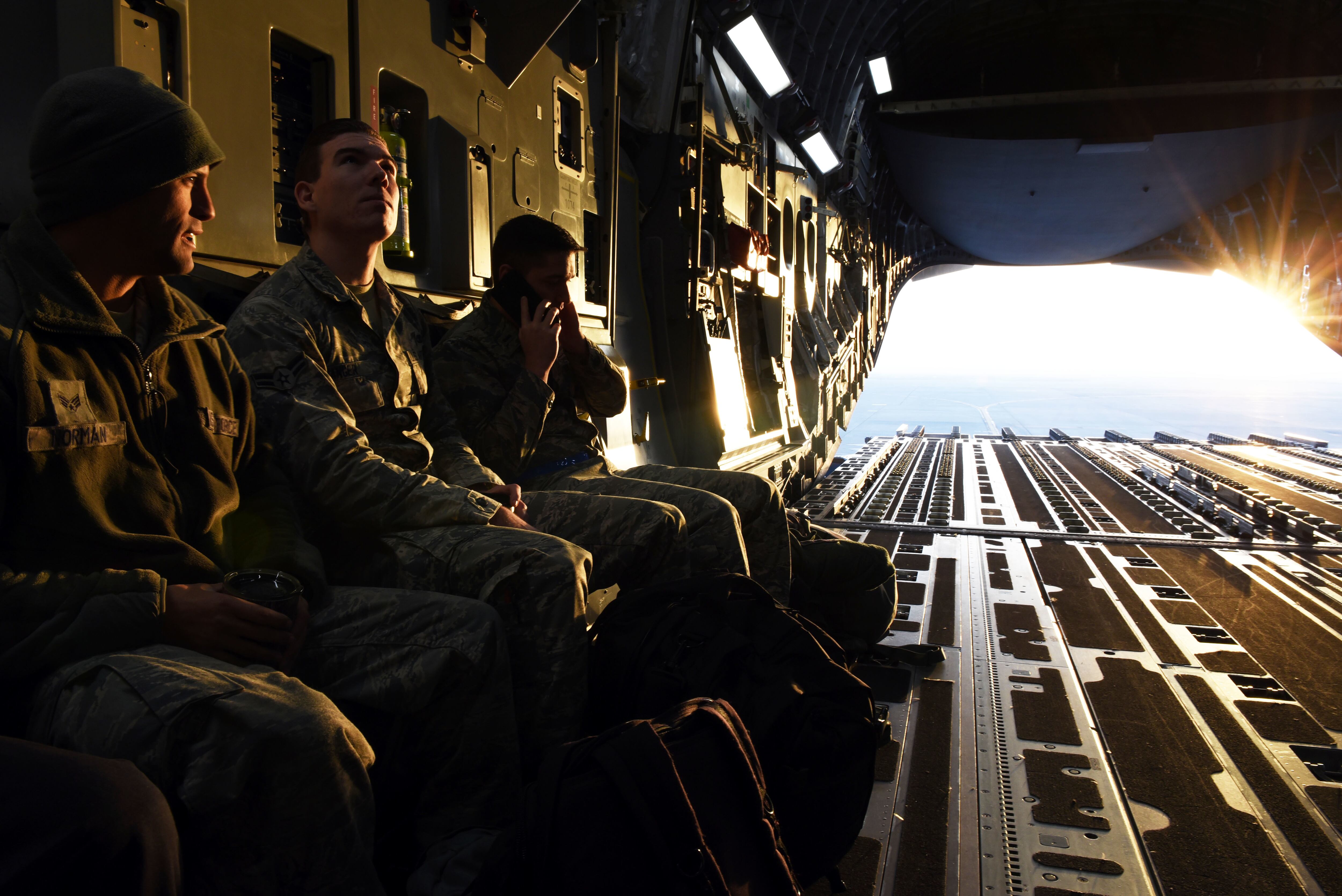Service leaders warned Tuesday that underfunded readiness accounts could lead to insufficient training for troops, unfinished equipment maintenance and a host of other problems for military leaders.
But lawmakers said Pentagon planners are partially to blame for the readiness funding shortfalls, and that military leadership needs to do a better job prioritizing operation and maintenance accounts in their budget requests if they want to avoid those issues.
“When you submit your budgets, they do not call for 100% of the readiness needs across the line,” said Rep. John Garamendi, R-Calif., head of the House Armed Services Committee’s panel on readiness. “So what you are submitting to is already insufficient in your own view before it winds up with us.”
The Defense Department’s fiscal 2023 budget request includes about $135 billion in readiness spending, including money for field logistics, training exercises and platform maintenance. Officials estimated that total is about 85% of what is actually needed to fully fund the military’s readiness requirements.
In testimony before the committee, service officials said the funding shortfalls — even minor ones — have cascading effects for the force.
“You may get one less flight hour for a new pilot,” said Gen. Eric Smith, assistant commandant of the Marine Corps. “That pilot will eventually achieve 1,000 hours but they’ll achieve it a day or week or a month later. He may not be able to take the entire battalion to a major operation or a major exercise, so they are less prepared than they would have been.”
Army Vice Chief of Staff Gen. Joseph Martin said the lower amount of funding means that high-priority facility repairs and upgrades will still be completed, but lower priority projects will be pushed back into later fiscal years.
Vice Adm. Randy Crites, deputy chief of naval operations for capabilities and resources, said delays in ship maintenance create the need for larger fixes down the line. Air Force Vice Chief of Staff Gen. David Allvin said when preventative maintenance gets slimmed down or skipped, it similarly causes bigger problems later on.
“And you can’t buy that time back,” he said.
Officials from the Space Force voiced similar concerns, but lawmakers acknowledged that because of the relative newness and smaller footprint of the force, long-term readiness issues are difficult to track for that service.
Still, both lawmakers and service officials said planners need to put a higher priority on the readiness issues, even if they are harder to quantify than things like new platform purchases and troops’ pay raises.
RELATED

How to do that remains the question.
“I am frustrated by the number of cuts from operations and maintenance accounts made thus far to pay for lines and programs that have a zip code,” said Rep. Mike Waltz, R-Fla. “While I know that you all need to make difficult tradeoffs in a budget constrained environment, it is time for us all — the services and Congress — to do better.”
In the annual authorization bill debate before the armed services committee last month, a bipartisan group of lawmakers added $37 billion in additional spending — including about $500 million in department-wide operation and maintenance funds — to the White House’s budget request total.
The full House passed that plan last week. But House and Senate appropriators still have not weighed in on those figures yet, leaving it unclear whether the extra money will be included in a final budget deal.
Leo covers Congress, Veterans Affairs and the White House for Military Times. He has covered Washington, D.C. since 2004, focusing on military personnel and veterans policies. His work has earned numerous honors, including a 2009 Polk award, a 2010 National Headliner Award, the IAVA Leadership in Journalism award and the VFW News Media award.





